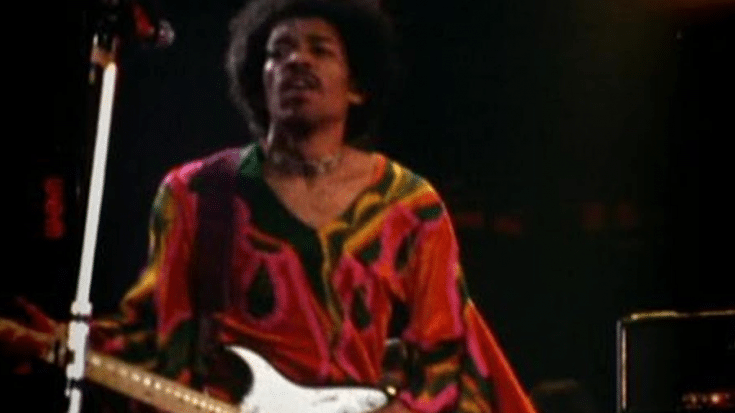Here’s How Much Jimi Hendrix Was Worth When He Died—And How His Estate Grew Millions After

via Jimi Hendrix / YouTube
Hendrix’s influence on rock music is so widely accepted that it hardly sparks debate. His boundary-breaking guitar work shaped not only the sound of the late 1960s but also the decades of musicians who followed. Hendrix was celebrated by major publications even during his lifetime, and today, he still tops lists of the greatest guitarists ever assembled. His performances at venues like Woodstock left behind moments that are now inseparable from the cultural memory of an entire era.
Despite all this acclaim, Hendrix’s time in the spotlight was painfully brief. He released only a handful of albums before his death at age 27, leaving fans and historians to speculate about the artistic paths he never had the chance to explore. The tragedy of his early passing often overshadows another question: how much did he actually earn during his career?
Looking at his finances offers a surprising perspective. Hendrix’s talent and fame were enormous, yet the money he accumulated during his lifetime was modest by today’s standards. That gap between his earnings then and the value of his estate now reveals just how massive his legacy eventually became.
Hendrix’s Net Worth at the Time of His Death
When Hendrix died in 1970, his financial situation didn’t reflect the scale of his artistic impact. According to reporting from Celebrity Net Worth, he had only about $20,000 in his bank account — roughly $150,000 adjusted for inflation today. For a 27-year-old, that isn’t insignificant, but for a global star who had electrified Woodstock, it was surprisingly low.
A fuller picture emerges when factoring in songwriting royalties, record sales, and touring revenue. With those included, Hendrix’s estimated total net worth at the time of his death would translate to around $5 million today. That number still feels modest when compared to the massive influence his music held and the commercial power it would later acquire.
One major reason for the limited earnings was timing. Hendrix had only released three studio albums and one live album before he passed away. His career was rising fast, but he simply didn’t live long enough to accumulate the kind of wealth that long-established rock legends eventually build.
Why Hendrix Didn’t Earn What His Legacy Suggests
Hendrix’s early death meant he never reached the years when many artists see their biggest financial returns. Rock musicians often earn the bulk of their wealth after their initial success — through touring, reissues, publishing rights, and licensing deals. Hendrix didn’t survive long enough for his music to undergo that full commercial cycle.
He was also navigating a complicated business environment. Contract disputes, management issues, and the fast-moving nature of the late-60s music industry often left musicians with smaller earnings than expected. Even top performers of the era sometimes found themselves tied to unfavorable agreements that limited their immediate financial gain.
Finally, Hendrix’s catalog was small compared to his contemporaries who also died young. Jim Morrison and John Bonham, for instance, had more than double the number of albums attached to their careers at the time of their deaths. The fewer songs an artist leaves behind, the fewer revenue streams exist in the early years — even if those songs later become priceless.
How the Hendrix Estate Eventually Grew to Millions
The true explosion in value happened long after Hendrix was gone. As his status solidified and new generations discovered his music, demand for reissues, compilations, documentaries, and merchandise kept rising. By 2019, estimates placed the value of the Hendrix estate at roughly $175 million — a massive leap from his lifetime earnings.
Much of this growth came from careful estate management. Controlled releases of archived material, remastered albums, and licensing agreements all contributed to the estate’s financial expansion. Hendrix’s posthumous catalog grew far larger than the one he assembled while alive, allowing the music industry to continually reintroduce his work to new audiences.
His influence also never faded. Hendrix’s name became synonymous with innovation and artistic freedom, making his image and recordings enduringly valuable. The steady elevation of his legacy in public consciousness helped turn a once-modest estate into one of the most successful in rock history.











